Key Points
– Caldera (ERA) simplifies the deployment of customized Ethereum Layer-2 Rollups, allowing developers to easily launch high-performance dApps.
– The ERA token is the native utility and governance asset of the Caldera ecosystem, with a total supply of 1 billion tokens, and plans to distribute through retroactive airdrops.
– Users can obtain ERA through pre-market OTC trading pairs like ERA/USDT on exchanges such as XT.com, or by participating in Caldera community activities.
– Although the Rollup-as-a-Service market is highly competitive, Caldera's multi-virtual machine support and built-in Metalayer interoperability stand out, while also requiring attention to technical and regulatory risks.
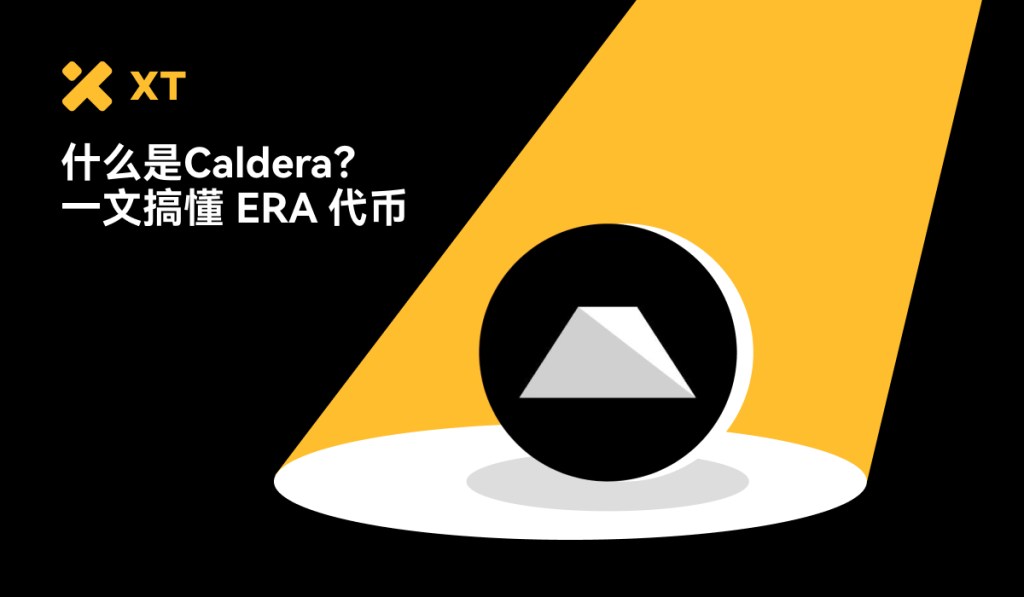
In the fast-paced race of blockchain scalability, Caldera (ERA) stands out with its Rollup-as-a-Service platform, enabling project teams to effortlessly launch dedicated Ethereum Layer-2 chains.
The Caldera ecosystem is driven by the ERA token, supporting transaction fee payments, staking rewards, and decentralized governance. If you've ever wondered "What is Caldera?" or "What is the ERA token?", this article will answer all your questions.
We will delve into Caldera's vision, ERA token economics, core dApp applications, and how to participate in the ERA/USDT pre-market OTC trading pair. Whether you're interested in today's ERA price trends or preparing to trade, there are practical guides here to navigate you.
Table of Contents
Overview of Caldera (ERA) Project
ERA Token Economics, Distribution, and Destruction
Core dApp Applications of Caldera
How to Participate and Obtain ERA Tokens
ERA Token Risks and Considerations
Future Outlook of Caldera (ERA)
Overview of Caldera (ERA)
Caldera is revolutionizing Ethereum scalability with its true "one-click deployment" Rollup-as-a-Service platform, allowing developers to launch customized Layer-2 chains with just a few clicks. Teams no longer need to worry about node operation, security audits, and cross-chain bridging, and can focus solely on core applications—whether it's an NFT marketplace, DeFi protocol, gaming environment, or real asset platform, they can be launched quickly.
What sets Caldera apart is its modular flexibility: each Rollup chain can independently choose its runtime environment (EVM or SolanaVM), preferred data availability layer (Ethereum mainnet, Celestia, or NEAR), and even specify native ERC-20 or ETH as the fee payment token. This high level of customization means projects can optimize transaction speed, cost efficiency, and security parameters according to their needs.
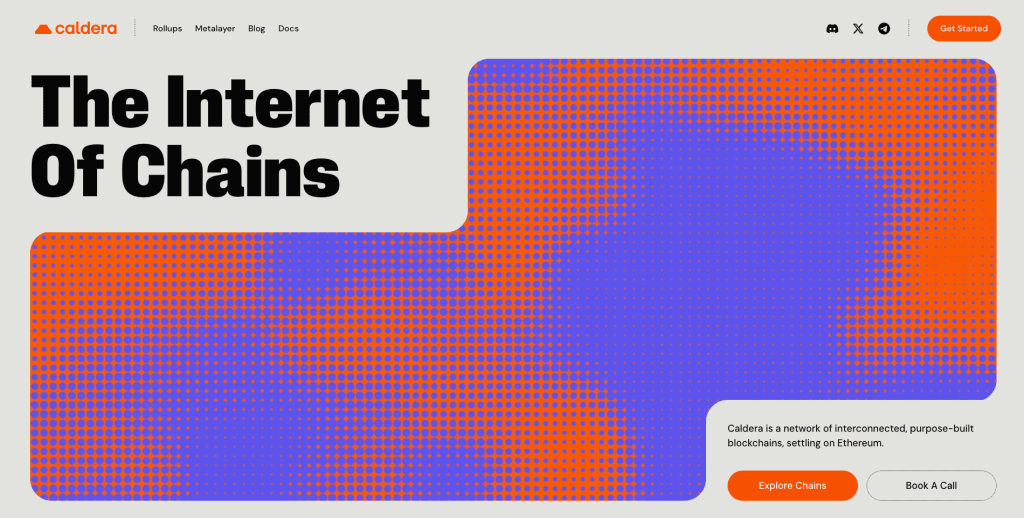
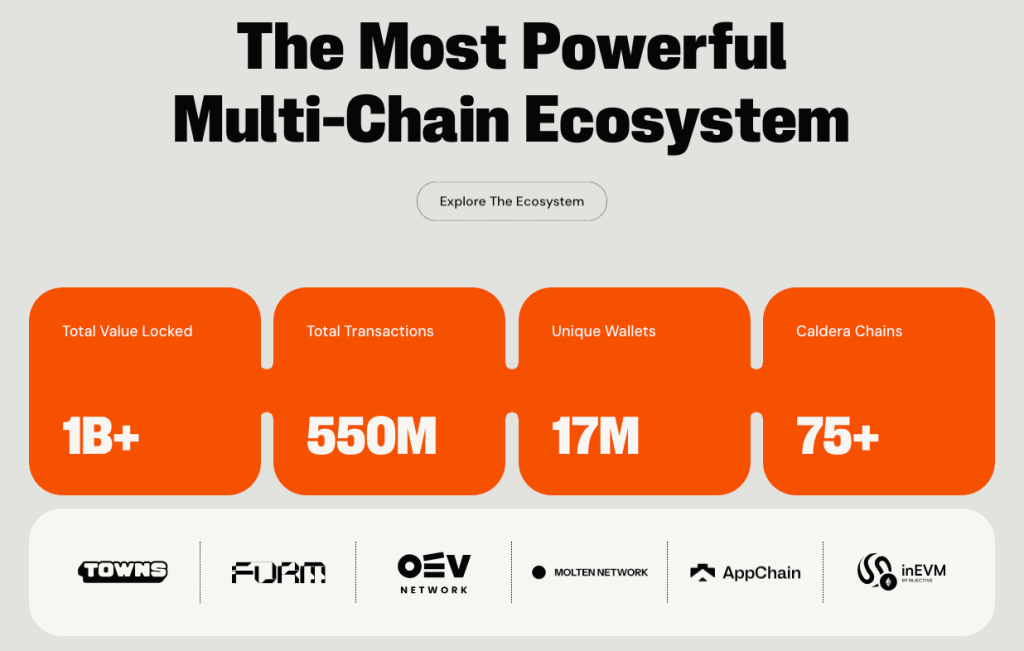
Image Credit: Caldera Homepage
At its core, Caldera has three standout features:
– Metalayer Interoperability: All Caldera networks come pre-installed with cross-chain messaging and liquidity pools, allowing assets to flow seamlessly between any Caldera Rollup or mainstream L1/L2.
– Multi-Virtual Machine Support: As the first RaaS platform to support both EVM and SolanaVM, Caldera meets the habits and needs of developers from different ecosystems.
– Rollup Engine API: A user interface similar to AWS allows operators to dynamically scale resources, upgrade protocol modules, or switch data availability options at any time, with zero downtime.
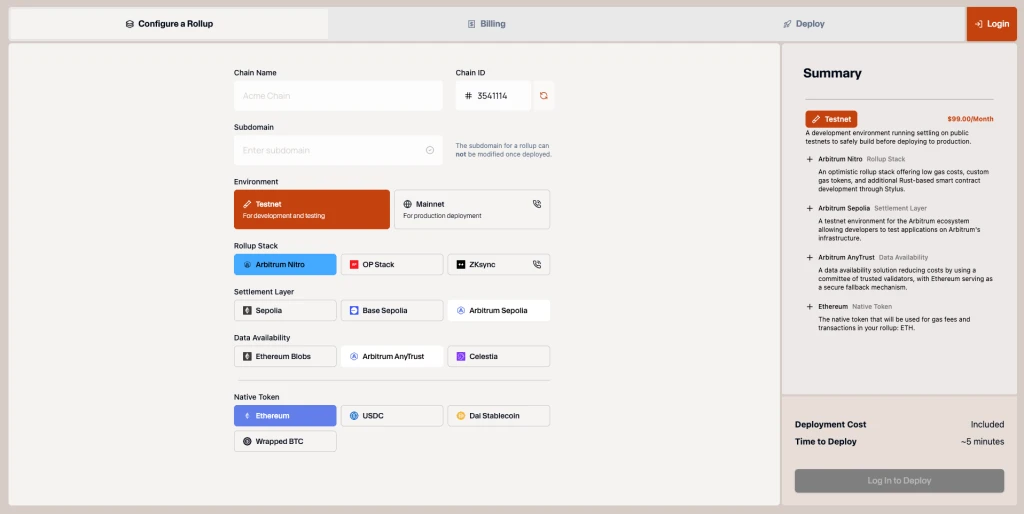
Image Credit: Caldera Dashboard
Backed by top investment firms such as Founders Fund, Sequoia, and Dragonfly, Caldera has supported over 30 operational Rollup chains, including the NFT-focused RARI Chain, Injective's inEVM, and the real asset-oriented Clearpool Ozean, with a cumulative TVL exceeding $600 million and over 10 million unique wallets. As the demand for customized L2 continues to soar, Caldera is becoming the one-stop platform of choice for modern dApp teams seeking speed, security, and simplicity.
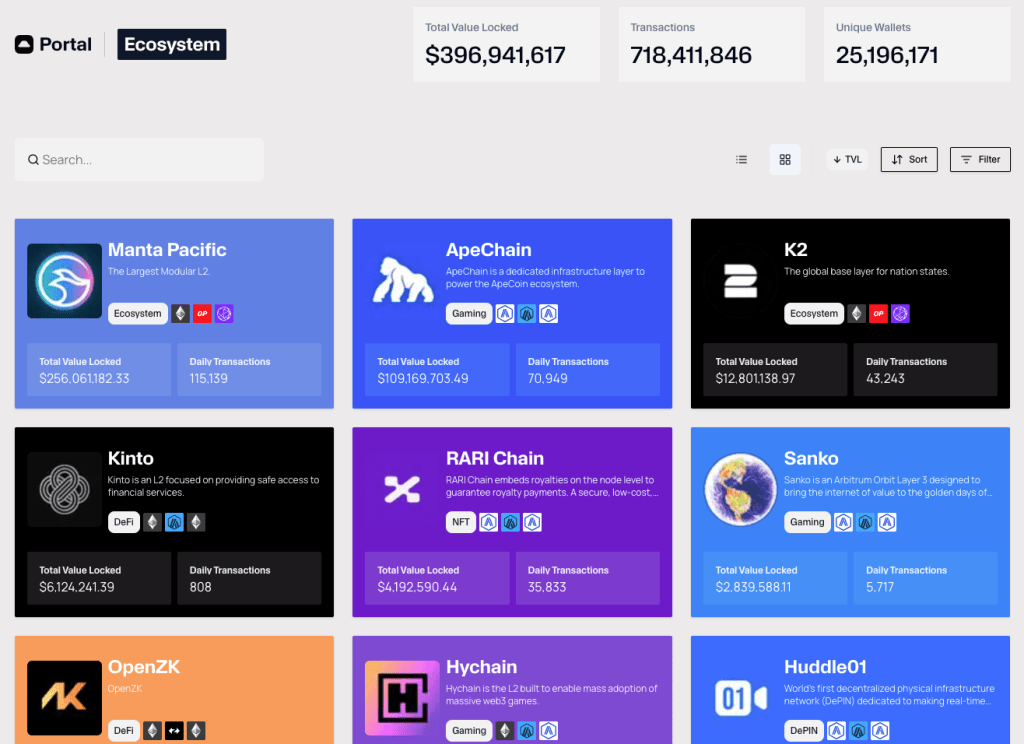
Image Credit: Caldera Portal
ERA Token Economics, Distribution, and Destruction
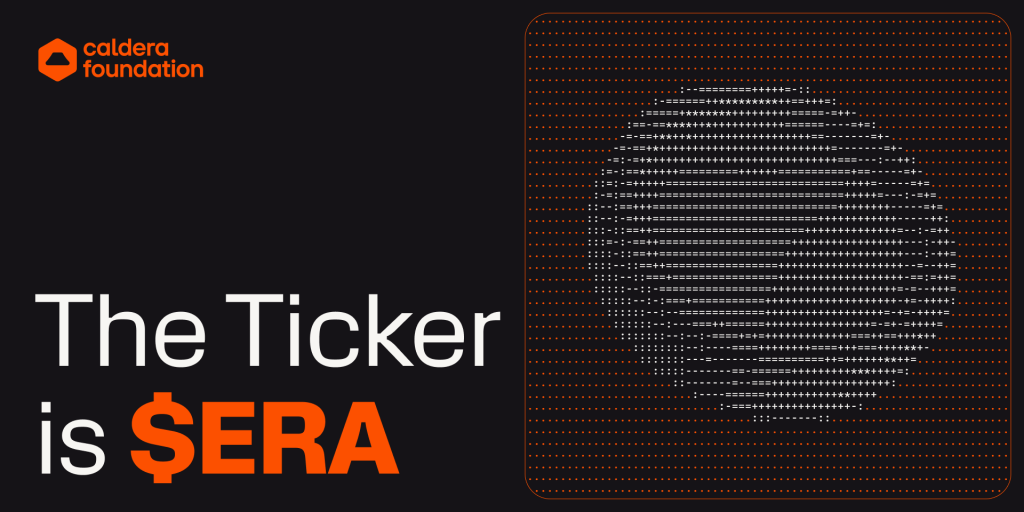
Image Credit: Caldera Mirror.xyz
The ERA token is the native utility and governance asset of the Caldera ecosystem, designed to provide incentive benefits for builders, users, and community members. The total issuance is fixed at 1 billion tokens, almost all of which will be unlocked at the token generation event (TGE), but the shares for the team and investors will be gradually released according to a multi-year unlocking plan to ensure long-term commitment.
Token Distribution:

– Retroactive Airdrop (≈30%): Rewards early Caldera testnet users, developers, and active community contributors.
– Team and Advisors (≈20%): Shares will be unlocked periodically over two to four years to ensure core members remain committed.
– Investors and Reserves (≈30%): Support ecosystem expansion, strategic partnerships, and project funds.
– Ecosystem Incentives (≈20%): Used for liquidity mining, developer bounties, and governance rewards, encouraging ongoing community participation.
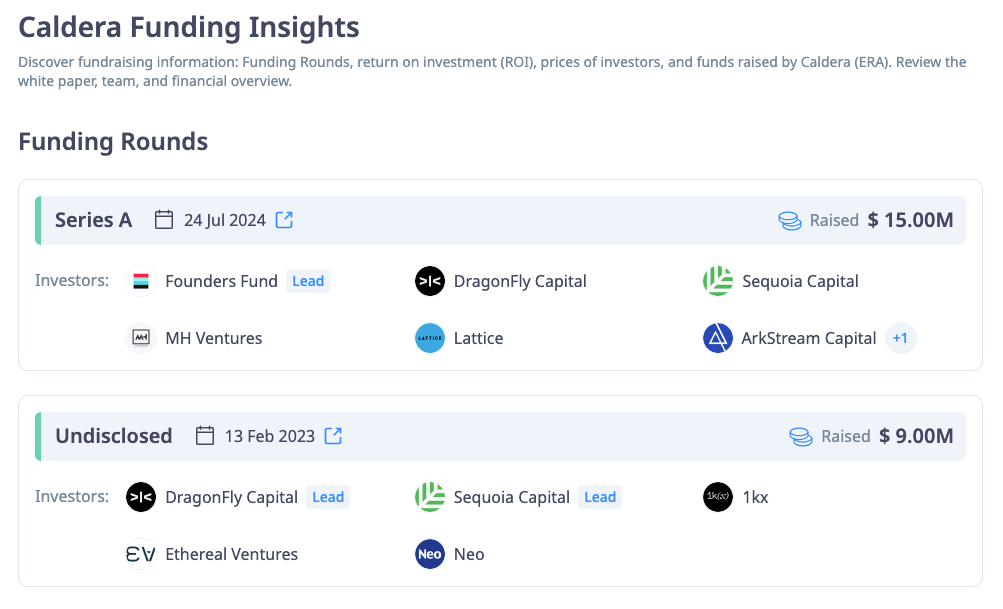
Image Credit: CryptoRank (Caldera Funding Insights)
Main Uses of ERA
– Transaction Fees: Users can pay transaction fees on any Caldera Rollup chain using ERA, not just ETH.
– Staking and Security: A staking module will be launched in the future, allowing holders to use ERA to support fraud-proof systems or data availability commitments.
– Governance Rights: Holding ERA allows participation in voting decisions regarding Metalayer upgrades, fee parameter settings, and ecosystem fund allocations.
Currently, there is no automatic burn mechanism, but Caldera's governance framework allows the community to propose and vote on a fee burn model in the future to balance supply and demand. This transparent, community-centric token design is an important basis for assessing the current price and long-term value of ERA.
Core dApp Applications of Caldera
Caldera's modular Rollup-as-a-Service framework has spawned a diverse ecosystem of live blockchains, each with targeted application scenarios. Here are five highlighted examples:
RARI Chain (NFT Marketplace)
Built on the Caldera engine and Arbitrum Orbit, RARI Chain features built-in royalty enforcement, with transaction fees nearly zero (usually below $0.01). It seamlessly integrates with mainstream wallets (MetaMask, Rainbow) and NFT indexers (The Graph, OpenSea), becoming the preferred platform for creators and collectors to mint, trade, and distribute royalties at low cost.
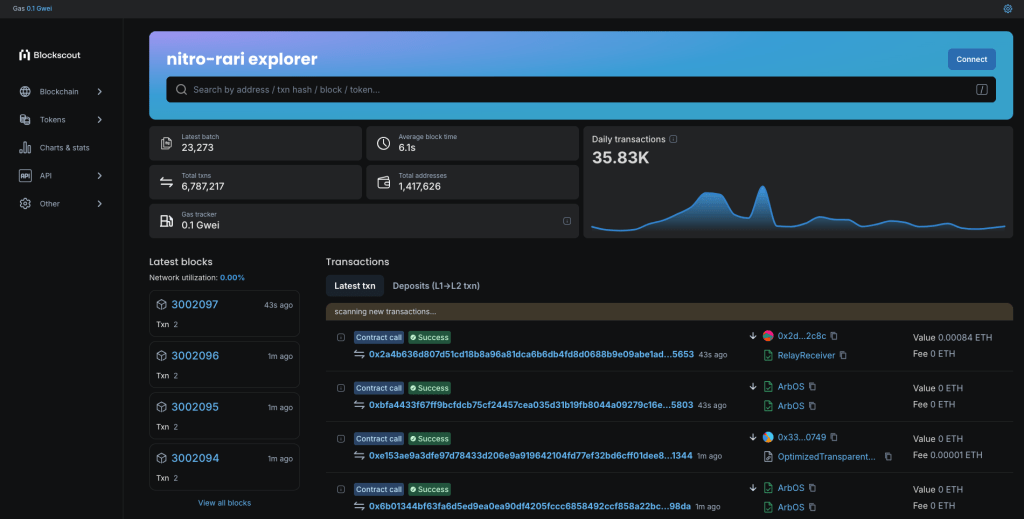
Image Credit: RARI Chain Explorer
inEVM (Injective)
inEVM utilizes Caldera to deploy an EVM-compatible zone on Injective's Cosmos network. Celestia provides data availability support, while Hyperlane and LayerZero ensure secure cross-chain message delivery. This architecture enables decentralized aggregation and cross-chain arbitrage to occur at high speed, allowing traders to access liquidity across Ethereum, Cosmos, and Solana ecosystems without building their own bridges.

Image Credit: Injective Blog
Ozean by Clearpool (Real Assets)
Ozean is an Optimism-based Layer-2 designed for credit pools and corporate debt instruments. With the help of Caldera tools, it features a compliance permission layer aimed at institutional users. After launching on the mainnet, Ozean will introduce ERA staking incentives to reward liquidity providers and closely integrate on-chain security with real asset workflows.
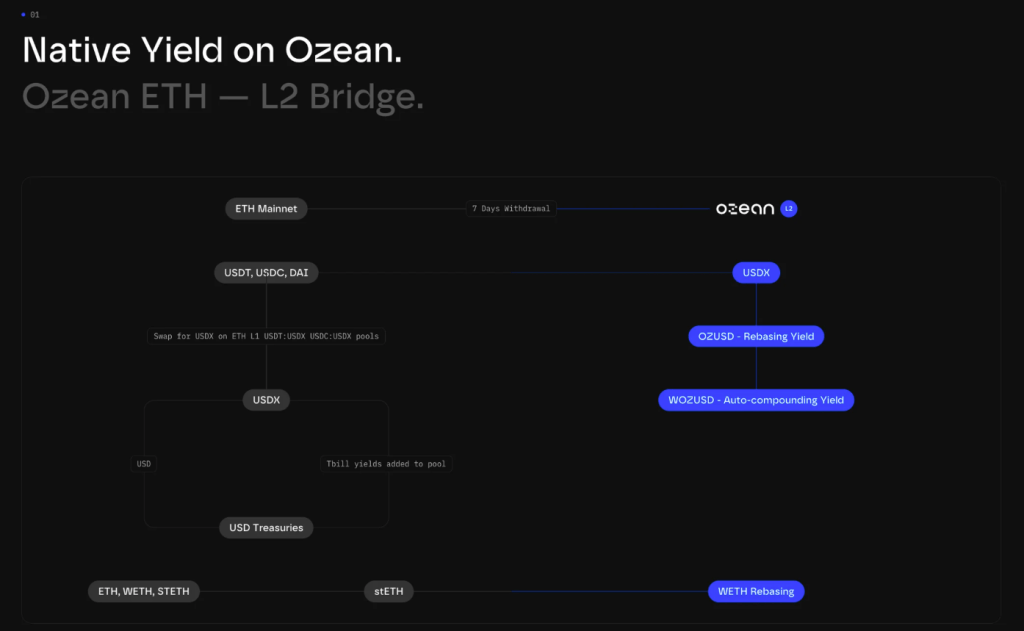
Image Credit: Diadata
zkXPLA (Gaming Rollup)
Deployed on the zkSync Era stack through Caldera, zkXPLA focuses on blockchain gaming scenarios, featuring sub-second confirmations and the ability to handle thousands of transactions per second. Its native cross-chain bridge connects Polkadot's XPLA network with Ethereum, facilitating cross-ecosystem transfers for gaming economies and NFT assets.
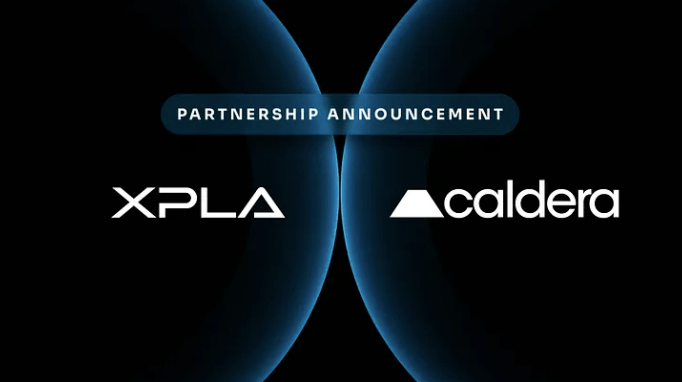
Image Credit: XPLA Medium
Kinto Network (Modular Decentralized Exchange)
Kinto leverages Caldera's deployed Rollup to support both on-chain order books and AMM pools. Low fees and customizable order types attract retail traders and developers seeking advanced trading features without worrying about transaction costs.
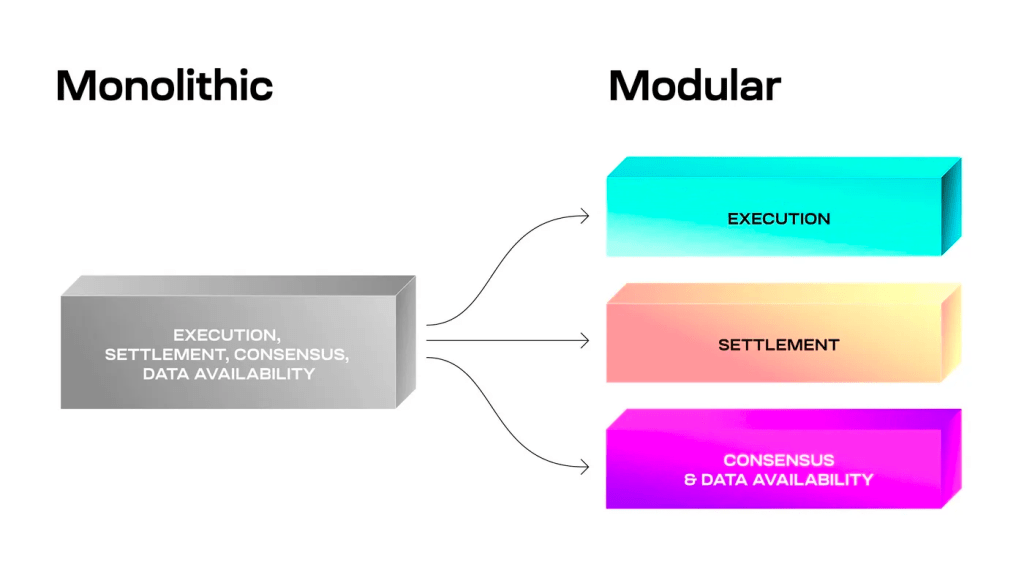
Image Credit: Kinto Docs
How to Participate and Obtain ERA Tokens
If you're keeping an eye on the ERA price or planning to trade the ERA/USDT spot trading pair, here are four simple ways to get started:
Community Airdrop
Participate in Caldera testnet tasks: register a ".era" domain, complete testnet transactions, or join developer bounty activities. You will earn points for future retroactive airdrops. Please keep an eye on Caldera's official blog and Twitter/X for updates on eligibility information.
Exchange Listings
XT.com has provided the ERA/USDT pre-market OTC trading pair. As liquidity standards are met, mainstream exchanges like Binance and KuCoin are also expected to list ERA.
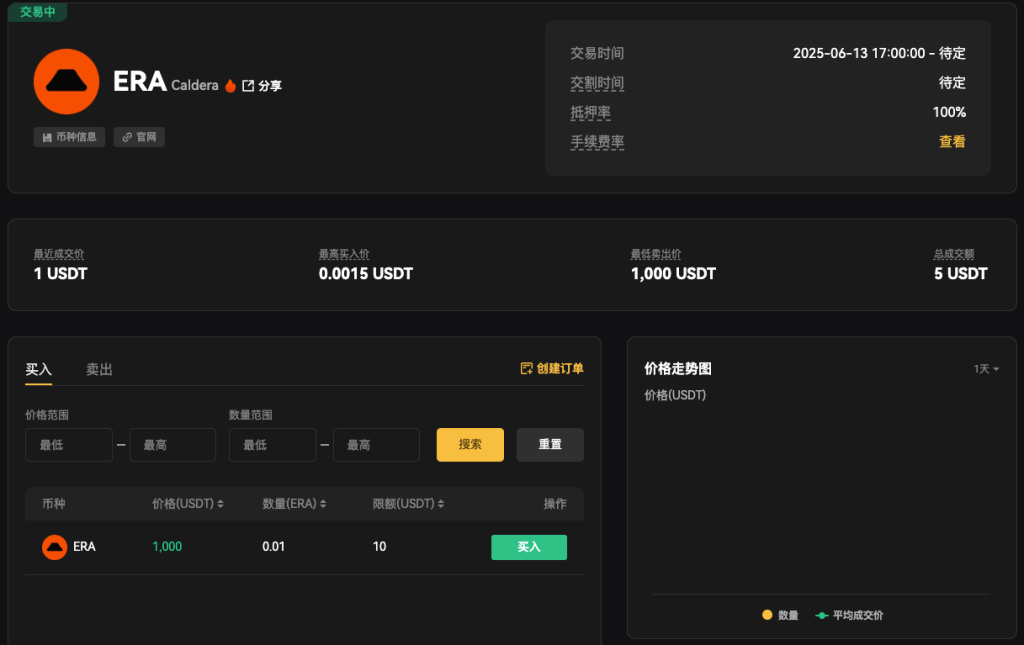
XT.com ERA/USDT pre-market OTC trading pair
Liquidity Mining & Staking
After the launch, Caldera ecosystem applications (like Ozean) may introduce ERA farming activities. Future staking features will reward those who commit to fraud-proofing or data availability.
Secondary Market
When spot trading pairs like ERA/USDT officially launch, simply connect your wallet (MetaMask, Ledger, etc.) to easily buy and sell ERA just like other ERC-20 tokens.
Caldera Competitive Landscape
With the growing demand for one-stop Layer-2 solutions, several platforms have entered the Rollup-as-a-Service (RaaS) space. Here’s a comparison of Caldera with major competitors:
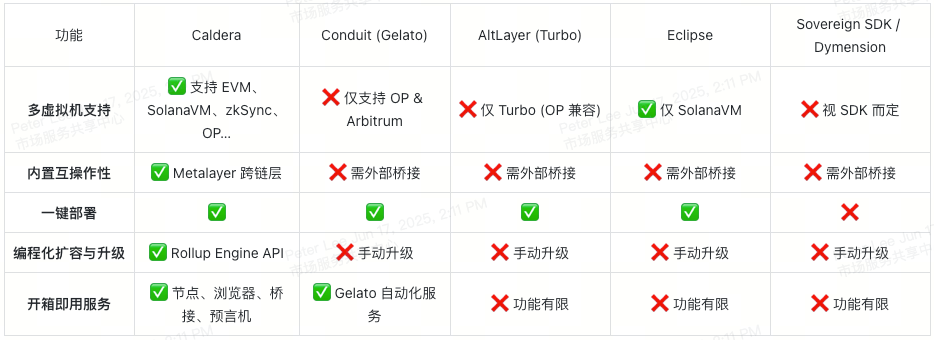
Conduit (Gelato)
Conduit allows Rollup deployment on OP Stack and Arbitrum Orbit without writing code, providing additional services through Gelato's automation infrastructure (account abstraction, VRF, etc.). While the experience is smooth, Caldera's multi-virtual machine support allows developers to freely choose environments like EVM and SolanaVM on the same platform, offering a more significant advantage.
AltLayer (Turbo)
AltLayer provides a shared validator network and a self-developed Turbo OP compatible stack, emphasizing decentralization through distributed sorters. In contrast, Caldera focuses on custom features for each chain and has built-in Metalayer, allowing newly deployed Rollups to automatically have cross-chain messaging and liquidity pools without additional configuration.
Eclipse
Eclipse focuses on high-throughput SolanaVM Rollups (up to 100,000 TPS), suitable for gaming and high-frequency scenarios. While Caldera supports SolanaVM, it also covers EVM and zkSync, allowing developers to avoid switching between multiple platforms.
Sovereign SDK & Dymension
Both offer customized application chains or sovereign zone toolkits but often require deep integration. Caldera's one-click deployment significantly reduces development costs while achieving similar flexibility.
Caldera's Advantages
– Metalayer: A natural "one-click interoperability" cross-chain layer, most competitors lack a built-in bridge framework.
– Rollup Engine API: AWS-like programmable scaling and protocol upgrades with zero downtime.
– Multi-framework Support: Simultaneously supports EVM, zkSync, Optimism, Arbitrum, Polygon CDK, and SolanaVM on the same platform.
In the competitive RaaS space, Caldera stands out with its multi-virtual machine flexibility and robust out-of-the-box interoperability, making it an ideal choice for teams seeking rapid iteration and high composability.
Risks and Considerations of the ERA Token
Before participating in ERA/USDT trading or staking, please be aware of the following five risk factors:
– Technical Complexity: Caldera's modular architecture includes multiple Rollup engines, Metalayer cross-chain bridges, and various data availability options, increasing the attack surface. If node configurations are incorrect or smart contracts have vulnerabilities, it may affect multiple chains.
– Price Volatility and Lock-up Risks: The price of ERA may fluctuate dramatically after its launch. If the team's and investors' unlocking plans are not transparent enough, large-scale sell-offs could exert downward pressure on the price.
– Competitive Pressure: The RaaS market is highly competitive, with players like Conduit, AltLayer, and Eclipse vying for position. If Caldera's roadmap is poorly executed or competitors offer stronger features, the project's attractiveness may diminish.
– Regulatory Uncertainty: Cross-chain bridges and customized Layer-2 solutions face evolving compliance requirements. Some regulatory bodies may classify ERA as a security, thereby restricting trading or staking.
– Ecosystem Dependency: The long-term value of ERA relies on sustained developer activity. If major projects shift to other platforms, network effects may weaken, leading to decreased token demand.
Investors are advised to regularly review Caldera's security audit reports, monitor token unlocking dynamics, and track on-chain metrics to assess ecosystem health.
Future Outlook for Caldera (ERA)
Caldera has rapidly grown into a leader in the Rollup infrastructure space, managing dozens of live chains with a TVL in the hundreds of millions. The upcoming issuance of the ERA token and the launch of the ERA/USDT pre-market OTC trading pair mark the project's entry into the "token-driven" phase. The next steps are crucial: Caldera needs to deliver on its promise of Metalayer interoperability, attract high-quality dApps, and introduce attractive staking or application incentives to boost ERA demand.
Positive factors include continued support from top venture capital, unique multi-virtual machine flexibility, and the technical advantages of built-in cross-chain bridges, all of which help ERA secure a place in the rapidly growing Rollup ecosystem. On the other hand, intense market competition and increasingly stringent regulations may slow project progress or affect market sentiment. Investors should closely monitor changes in on-chain TVL, the launch of new chains, community governance proposals, and price trends of the ERA/USDT spot trading pair. If Caldera continues to deliver powerful tools and an active developer community, ERA is expected to become a governance asset worth watching in the Layer-2 space.
Frequently Asked Questions about Caldera (ERA)
Q1: What is Caldera?
Caldera is a platform that allows developers to "one-click" deploy Ethereum Layer-2 chains (Rollups) in minutes, automatically handling security, cross-chain, and node operations, allowing you to focus on application development.
Q2: What is the use of the ERA token?
ERA is Caldera's native utility and governance token, used to pay transaction fees for custom Rollups, stake to secure the network, and vote on protocol upgrades through Metalayer.
Q3: Where can I check the current price of ERA?
You can view the price and trading volume of ERA on market aggregation sites like CoinMarketCap and CoinGecko; to trade the ERA/USDT pre-market pair, visit exchanges like XT.com that support early trading.
Q4: How can I participate in the ERA/USDT pre-market OTC trading pair?
Register an account on XT.com (or other exchanges listing ERA), deposit USDT, and enter the pre-market OTC trading section to find and trade ERA/USDT.
Q5: Where can I follow the latest updates and community news about Caldera?
Follow Caldera's official Twitter/X and Telegram, join the official Discord group, and subscribe to the Caldera blog to receive timely announcements about airdrops, developer meetings, and roadmap updates.
免责声明:本文章仅代表作者个人观点,不代表本平台的立场和观点。本文章仅供信息分享,不构成对任何人的任何投资建议。用户与作者之间的任何争议,与本平台无关。如网页中刊载的文章或图片涉及侵权,请提供相关的权利证明和身份证明发送邮件到support@aicoin.com,本平台相关工作人员将会进行核查。




